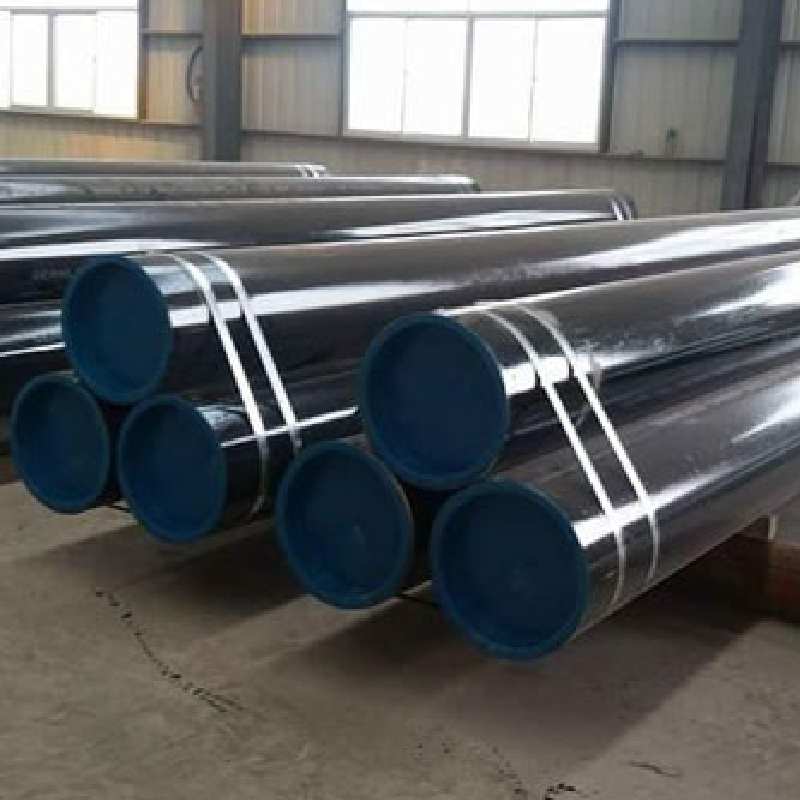-
Cangzhou Yulong Steel Co., Ltd.
-
Phone:
+86 13303177267 -
Email:
admin@ylsteelfittings.com
- English
- Arabic
- Italian
- Spanish
- Portuguese
- German
- kazakh
- Persian
- Greek
- French
- Russian
- Polish
- Thai
- Indonesian
- Vietnamese
- Zulu
- Korean
- Uzbek
- Hindi
- Serbian
- Malay
- Ukrainian
- Gujarati
- Haitian Creole
- hausa
- hawaiian
- Hebrew
- Miao
- Hungarian
- Icelandic
- igbo
- irish
- Japanese
- Javanese
- Kannada
- Khmer
- Rwandese
- Afrikaans
- Albanian
- Amharic
- Armenian
- Azerbaijani
- Basque
- Belarusian
- Bengali
- Bosnian
- Bulgarian
- Catalan
- Cebuano
- China
- China (Taiwan)
- Corsican
- Croatian
- Czech
- Danish
- Esperanto
- Estonian
- Finnish
- Frisian
- Galician
- Georgian
- Kurdish
- Kyrgyz
- Lao
- Latin
- Latvian
- Lithuanian
- Luxembourgish
- Macedonian
- Malgashi
- Malayalam
- Maltese
- Maori
- Marathi
- Mongolian
- Myanmar
- Nepali
- Norwegian
- Norwegian
- Occitan
- Pashto
- Dutch
- Punjabi
- Romanian
- Samoan
- Scottish Gaelic
- Sesotho
- Shona
- Sindhi
- Sinhala
- Slovak
- Slovenian
- Somali
- Sundanese
- Swahili
- Swedish
- Tagalog
- Tajik
- Tamil
- Tatar
- Telugu
- Turkish
- Turkmen
- Urdu
- Uighur
- Welsh
- Bantu
- Yiddish
- Yoruba

Nov . 15, 2024 23:22 Back to list
different flange types
Understanding Different Flange Types A Comprehensive Guide
Flanges are critical components in various piping systems, serving as a method of joining pipes, valves, pumps, and other equipment. They enable easy assembly and disassembly, facilitating maintenance and inspection. Flange types vary significantly based on application requirements, materials, and standards. This article will explore the different types of flanges, their features, and applications, ensuring that engineers and technicians can make informed decisions in their projects.
1. Weld Neck Flange
Weld neck flanges, known for their long neck, are designed to be welded to the pipe. This flange type is particularly advantageous in high-pressure and high-temperature applications. The gradual transition from the flange to the pipe helps in distributing stress across the joint, reducing the likelihood of failure. Weld neck flanges are commonly used in industries such as oil and gas, petrochemical, and power generation.
2. Slip-On Flange
Slip-on flanges are designed to slide over the pipe and are then welded in place. This type is less expensive and easier to install than weld neck flanges, making it a popular choice for lighter pressure applications. While they are convenient for assembly and disassembly, slip-on flanges may not be suitable for high-pressure environments because the joint can withstand less stress than weld neck flanges.
3. Blind Flange
Blind flanges are used to close the end of a pipeline or fitting. They prevent the flow of fluids, acting as a seal for the pipeline. Blind flanges are instrumental in facilities where maintenance is a regular requirement, allowing operators to seal off sections of the system without significant dismantling. With a solid design, blind flanges can handle high-pressure applications effectively.
4. Socket Weld Flange
Socket weld flanges are designed for small-diameter pipes and are ideal for high-pressure applications. The flange features a socket into which the pipe is inserted before welding. This design ensures a strong joint that can withstand severe operating conditions. Socket weld flanges are widely used in various industries, including chemical processing and oil refining, due to their robustness and reliability.
different flange types

5. Threaded Flange
Threaded flanges are equipped with internal threads, allowing them to be screwed onto the pipe. This makes them an excellent option for situations where welding is not feasible. They are commonly used in low-pressure systems and are particularly advantageous in maintenance operations where quick disassembly is required. However, the use of threaded flanges should be limited to lower pressure applications, as the threads can weaken the joint under stress.
6. Lap Joint Flange
Lap joint flanges are typically used in conjunction with a stub end. They do not have a well-defined face and can rotate freely around the stub end, simplifying alignment in both assembly and maintenance tasks. These flanges accommodate thermal expansion and contraction, making them ideal for systems subject to temperature fluctuations. Typically found in chemical and hydrocarbon industries, lap joint flanges present a lower cost when combined with other components.
7. Orifice Flange
Orifice flanges are specialized flanges designed to accommodate a flow measurement device known as an orifice plate. These are standard in pipeline systems where flow rate measurement is crucial. The unique design allows for easy installation and removal of the orifice plate and ensures accurate measurement, making them essential in the oil and gas, and water treatment industries.
Conclusion
Understanding the different types of flanges and their applications is vital for professionals working in fields related to piping systems and fluid mechanics. Choosing the right flange not only ensures safety and compliance with industry standards but also affects the efficiency and longevity of the piping system. Each flange type offers unique features catering to specific operational requirements, from high-pressure applications to flow measurement.
When specifying flanges, it is essential to consider factors such as pressure, temperature, pipe material, and the type of service. By examining these criteria, engineers can select the most suitable flange type to maintain the integrity and performance of their piping systems.
Latest news
-
ANSI 150P SS304 SO FLANGE
NewsFeb.14,2025
-
ASTM A333GR6 STEEL PIPE
NewsJan.20,2025
-
ANSI B16.5 WELDING NECK FLANGE
NewsJan.15,2026
-
ANSI B16.5 SLIP-ON FLANGE
NewsApr.19,2024
-
SABS 1123 FLANGE
NewsJan.15,2025
-
DIN86044 PLATE FLANGE
NewsApr.19,2024
-
DIN2527 BLIND FLANGE
NewsApr.12,2024
-
JIS B2311 Butt-Welding Fittings LR/SR 45°/90° /180°Seamless/Weld
NewsApr.23,2024











